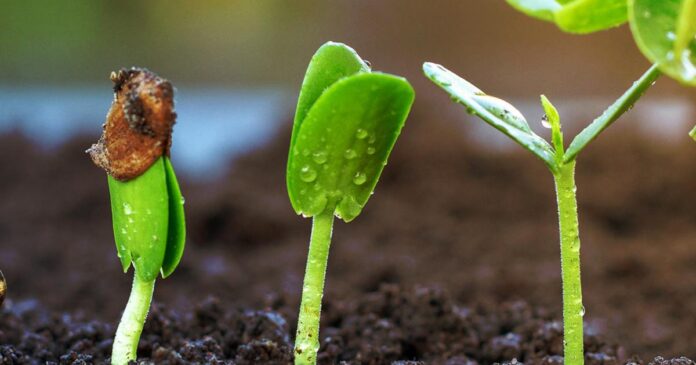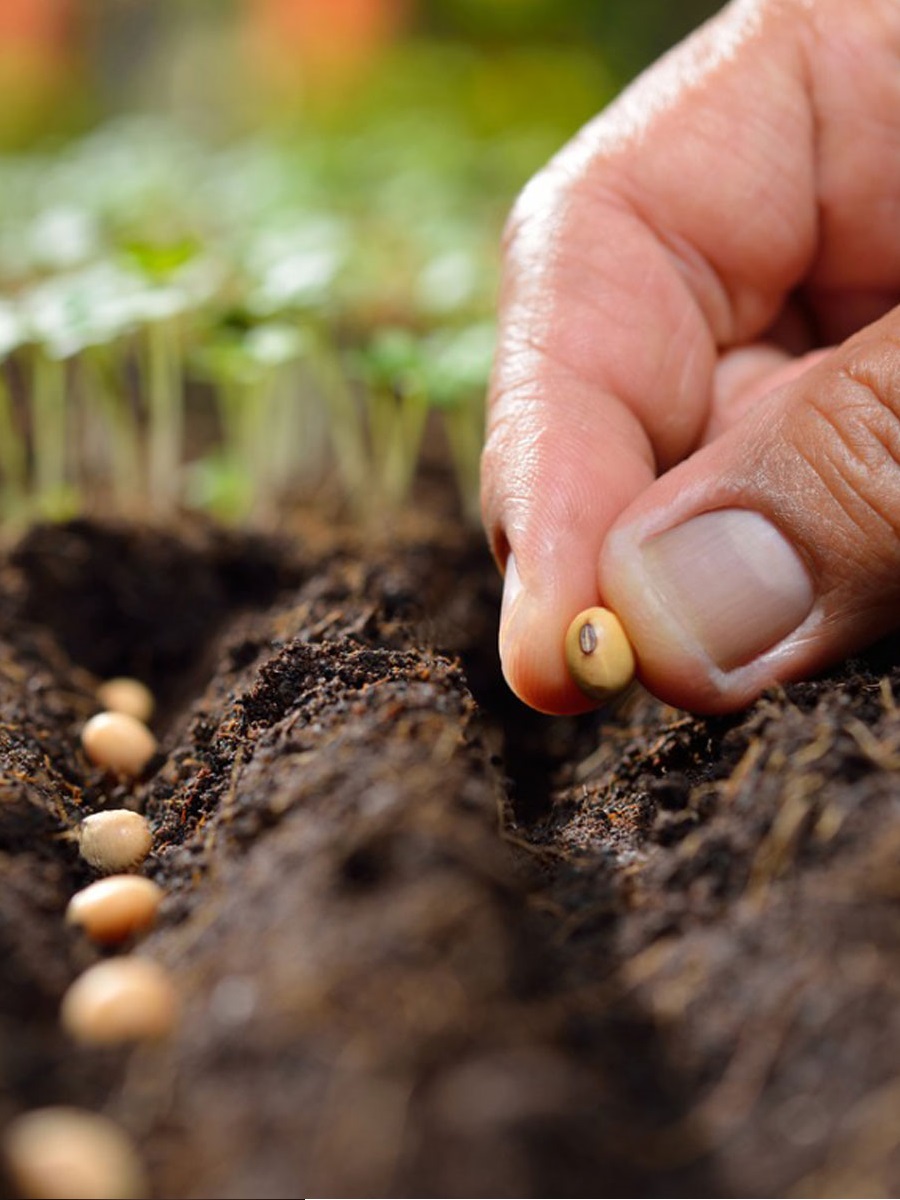Read the details below
Do not waste your time sowing seeds that will not germinate. How would you know your will germinate or not. Test, if your seeds are viable.
What is a viable seed?
A viable seed is one that is capable of germination under suitable conditions. (
Why do the Seed Germination or Viability test?
Seeds can be acquired from your own farms, seed shops, seed growers etc. The possibilities are that, after sowing these seeds in the field;
- The seeds germinate as you expect, or
- Only a few will germinate. Time wasted.
If the second happens, you have to fill in or sow the whole field again.
Save yourself the disappointment, do this simple Seed Germination or Viability test and in 3 days, you will know exactly what to do with your seeds.
Read also: Importance of Farm Records Keeping
Before you start seed germination or viability test, you need;
- About 100 seeds to test (depending on the total amount seed to plant)
- A transparent bottle to be able to monitor. Some seeds may also require light to germinate.
- Clean water.
Read also: 10 keys to good cowpea cultivation
Step 1
Fill the bottle with some amount of water, enough to keep your seeds moist and cover with a cloth.
Step 2
Leave in a cool place for 2 – 3 days. Check daily to notice germination. Allow it more time depending on the type of seed. Seeds with hard coats may require further treatments.
Step 3
After the 3rd day, pour out your seeds gently onto a clean surface spacious enough to allow easy counting. Separate germinated seeds and count.
Note: Split seeds are not necessarily germinated seeds. Some seeds, mostly dicots, split after absorbing moisture. Check well to see the root and shoot development.
Read also: Detailed steps on how to Start a Farm
What do the germinated seed counts mean?
At this point, you know the number of seeds used in the test and the number that germinated.
Germination rate = Germinated seeds ÷ Total number of seeds × 100
Since we only used 100 seeds for this test, the germination rate calculation will be easier. Each seed of the 100 represents a percentage, therefore if all 100 seeds germinated you get a 100% germination rate. If 83 seeds germinated, you get 83%. 70 out of 100 seeds germinated, you get 70%, and so on.
— If you get between 85% and 100% it means your seeds can be trusted to germinate. You can then go ahead and sow at prescribed rates.
— Between 70% and 84%, consider increasing the rate a bit.
— 50% or less, it is advisable you discard the seed for another one. This does not mean it is useless, except you will require more than necessary seed to sow, increasing cost. If the seeds are edible and not treated with chemicals, you may consume it or feed to livestock.
A quick way to avoid wasting your time and money over seed germination on the field.



